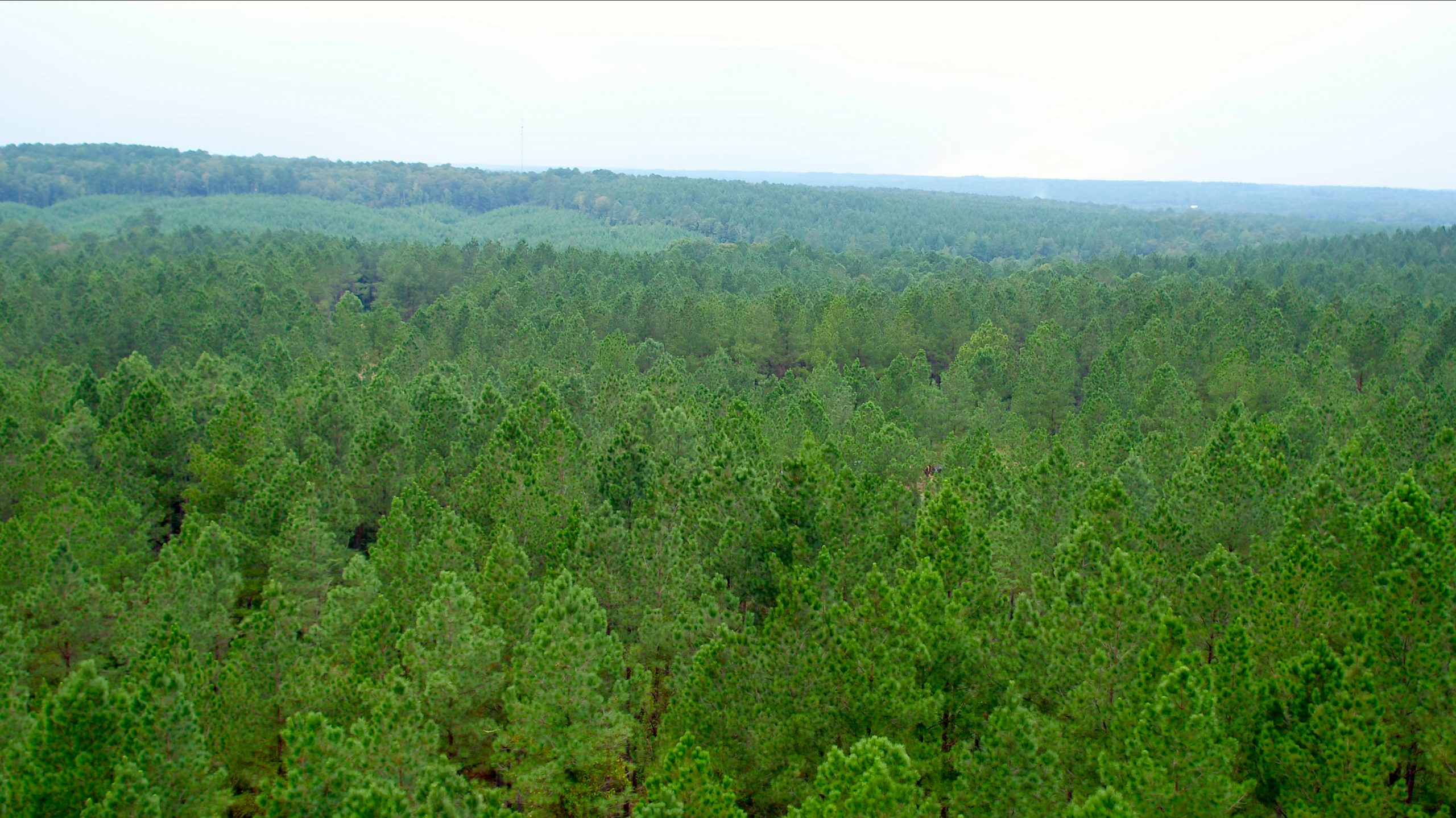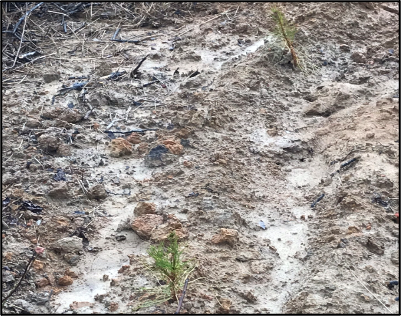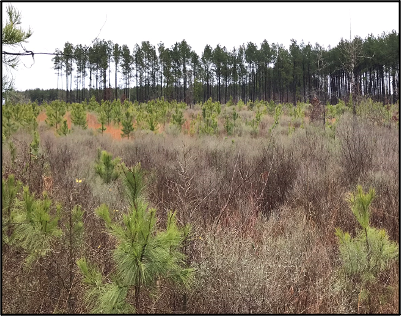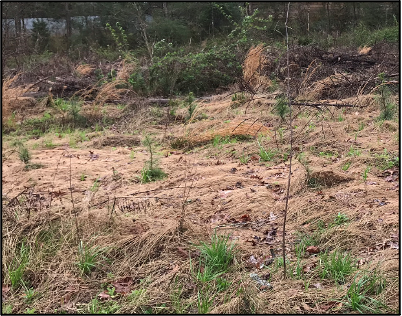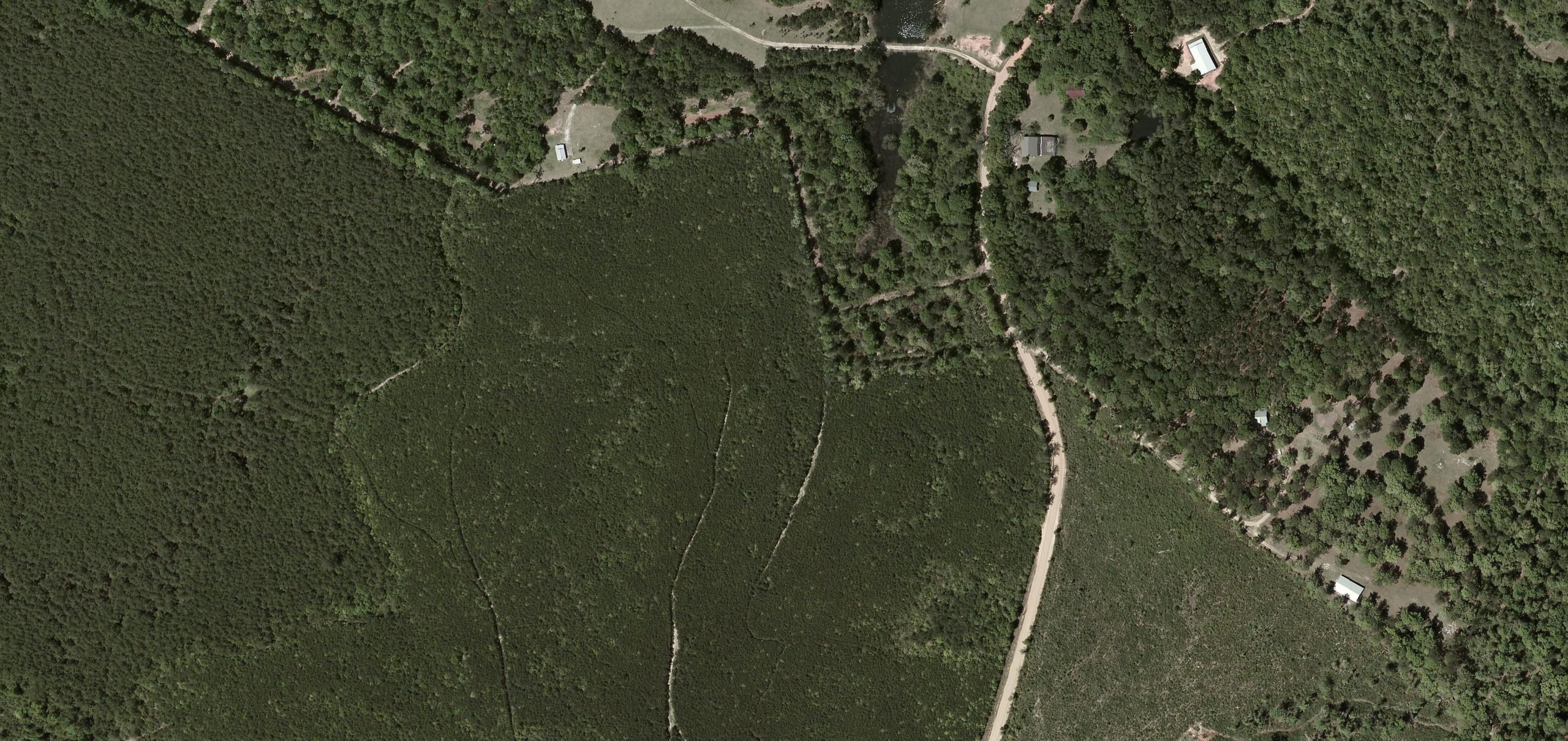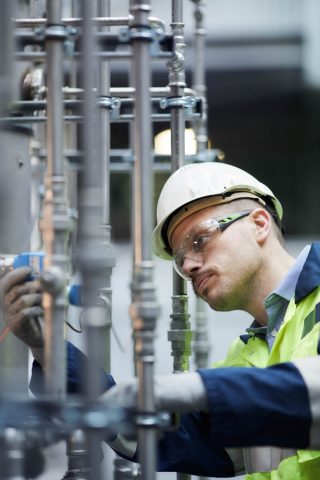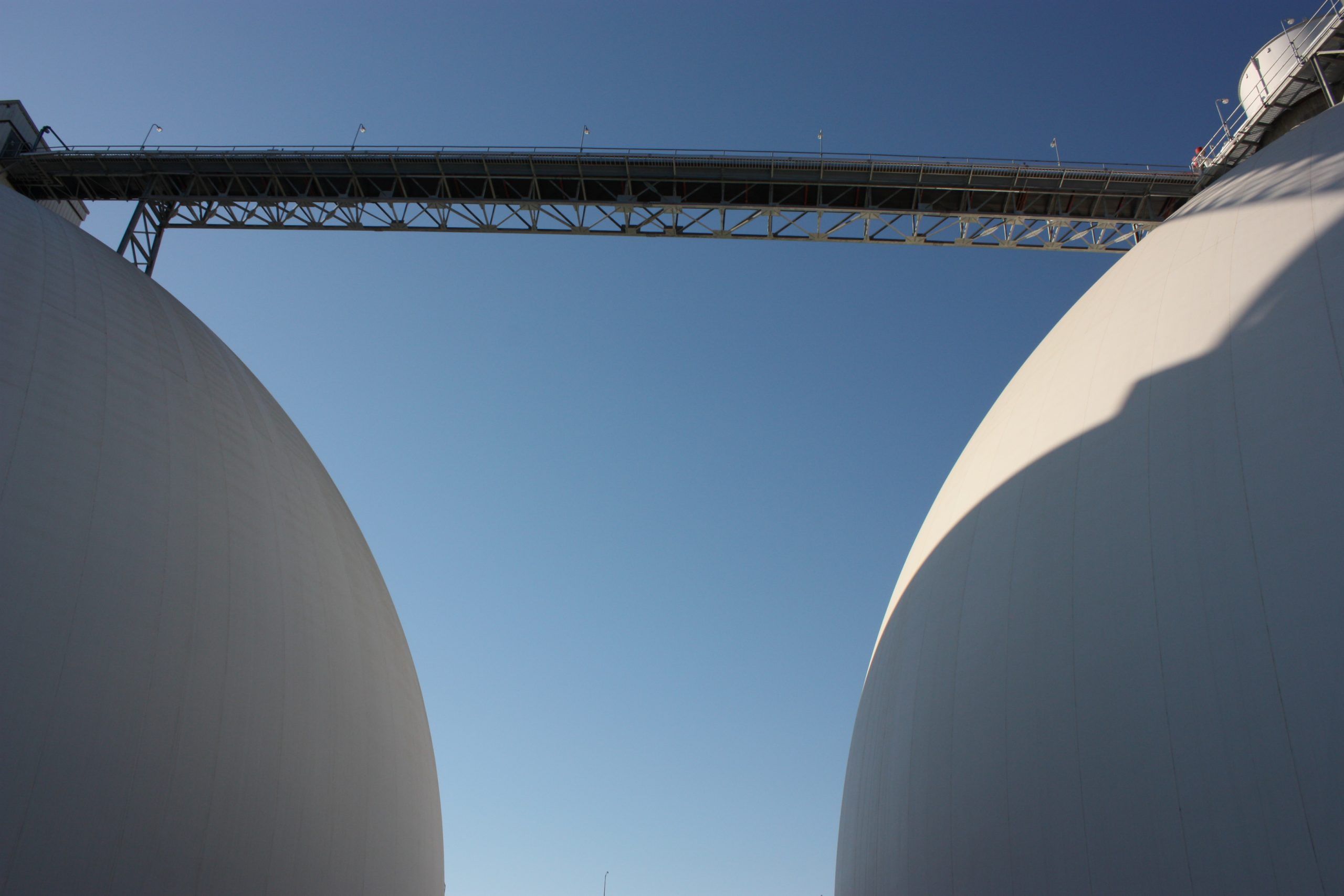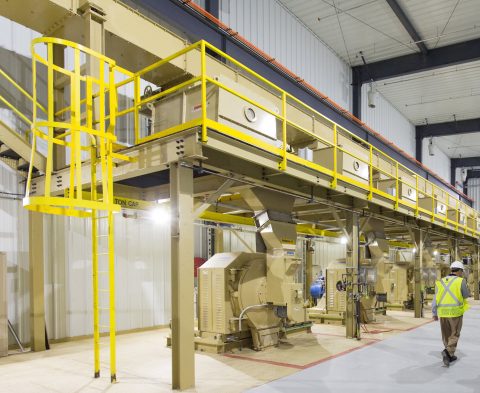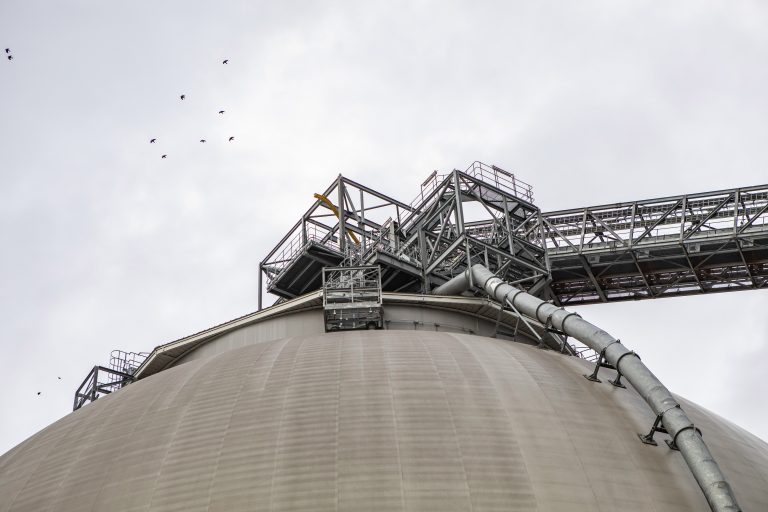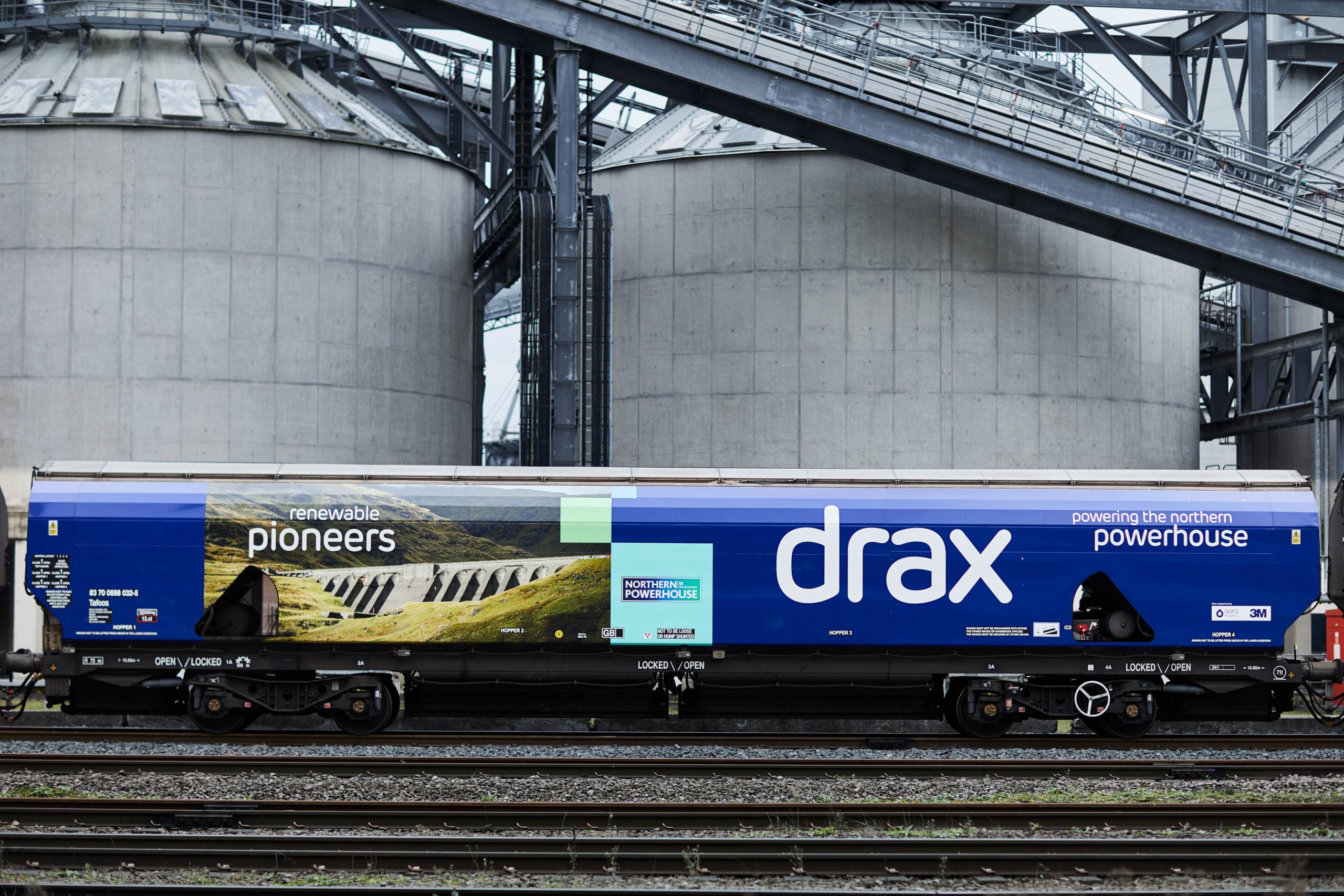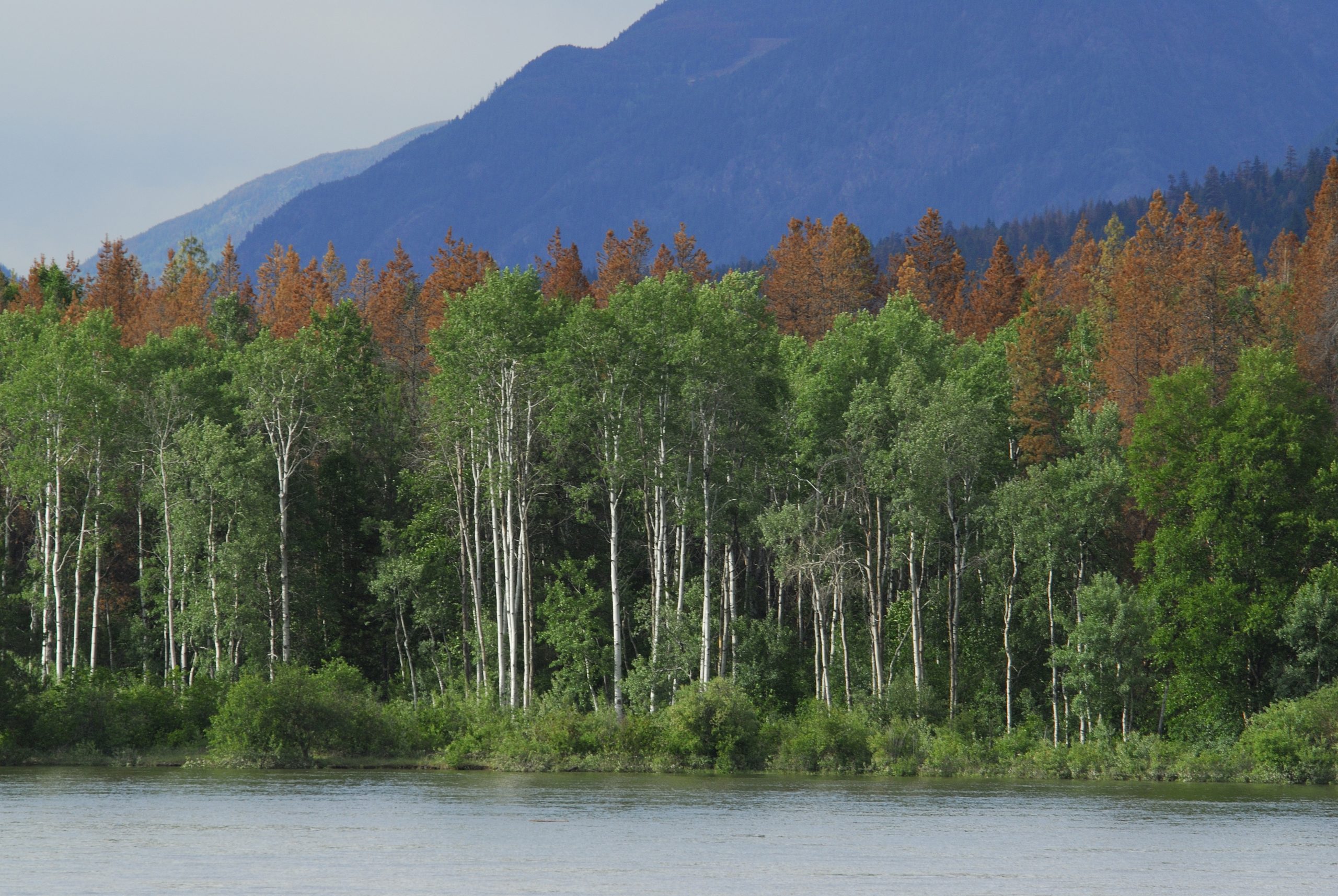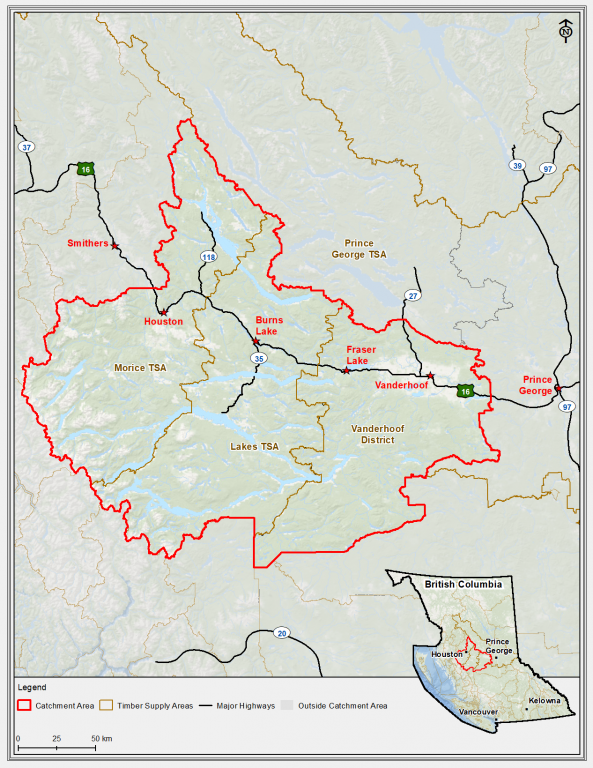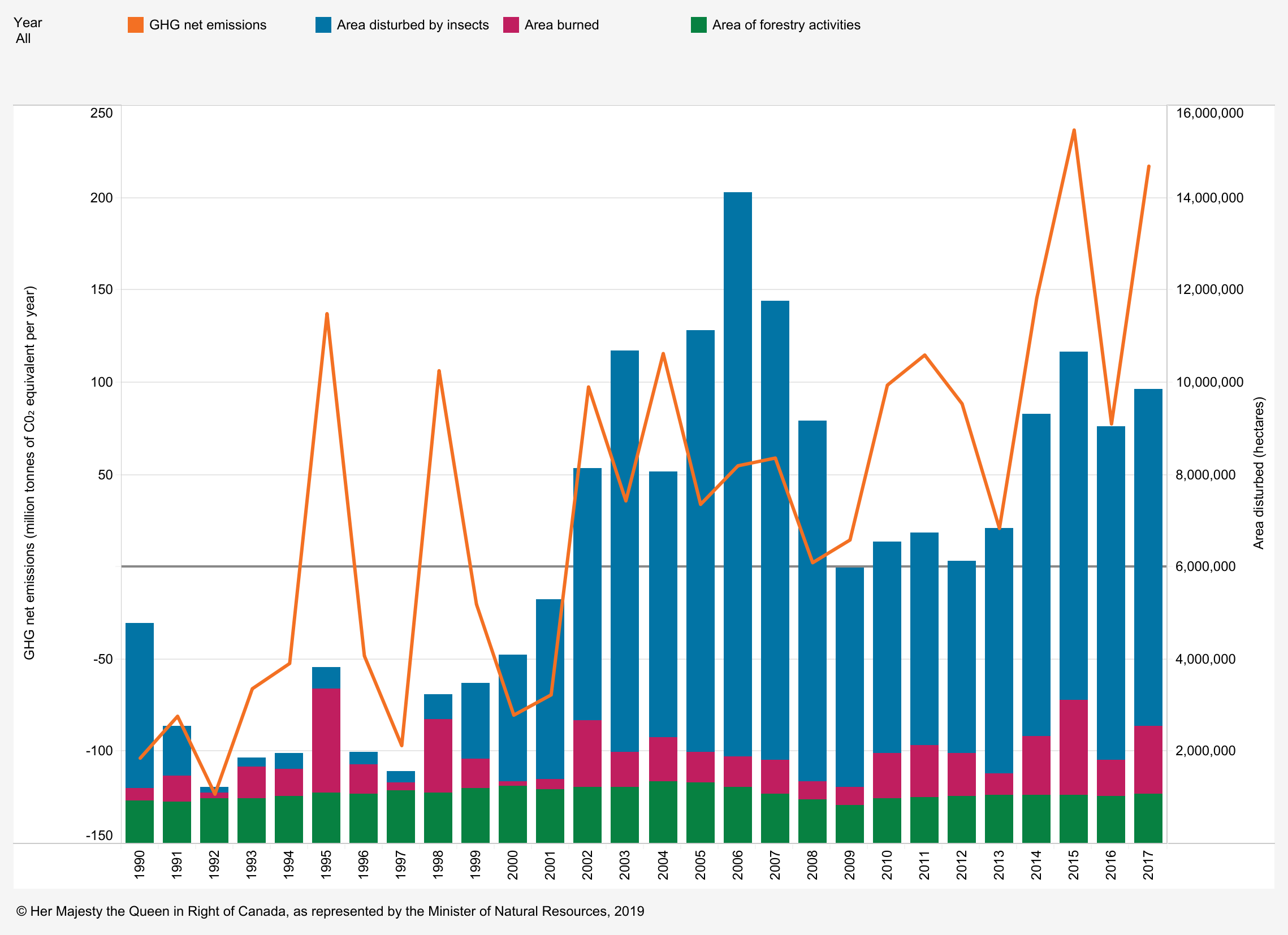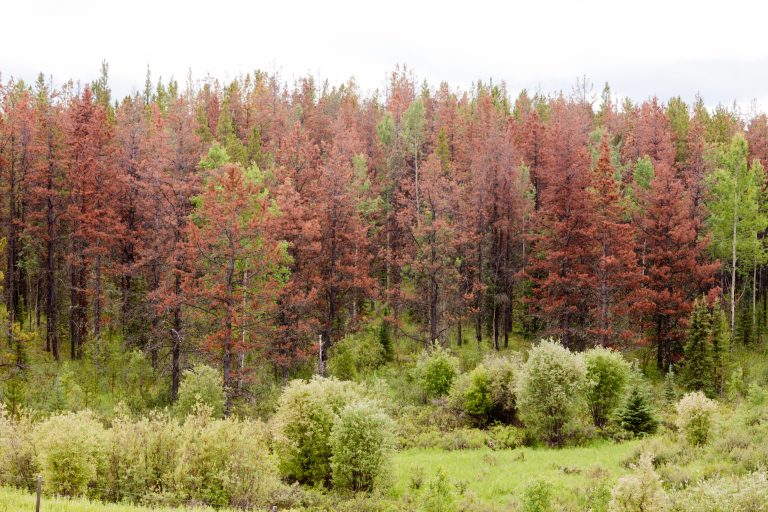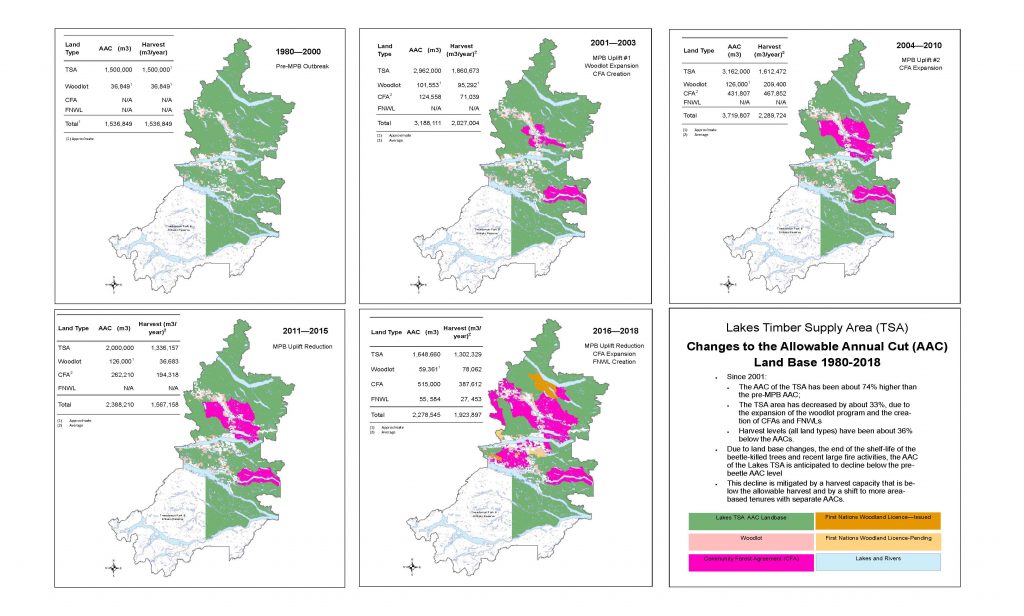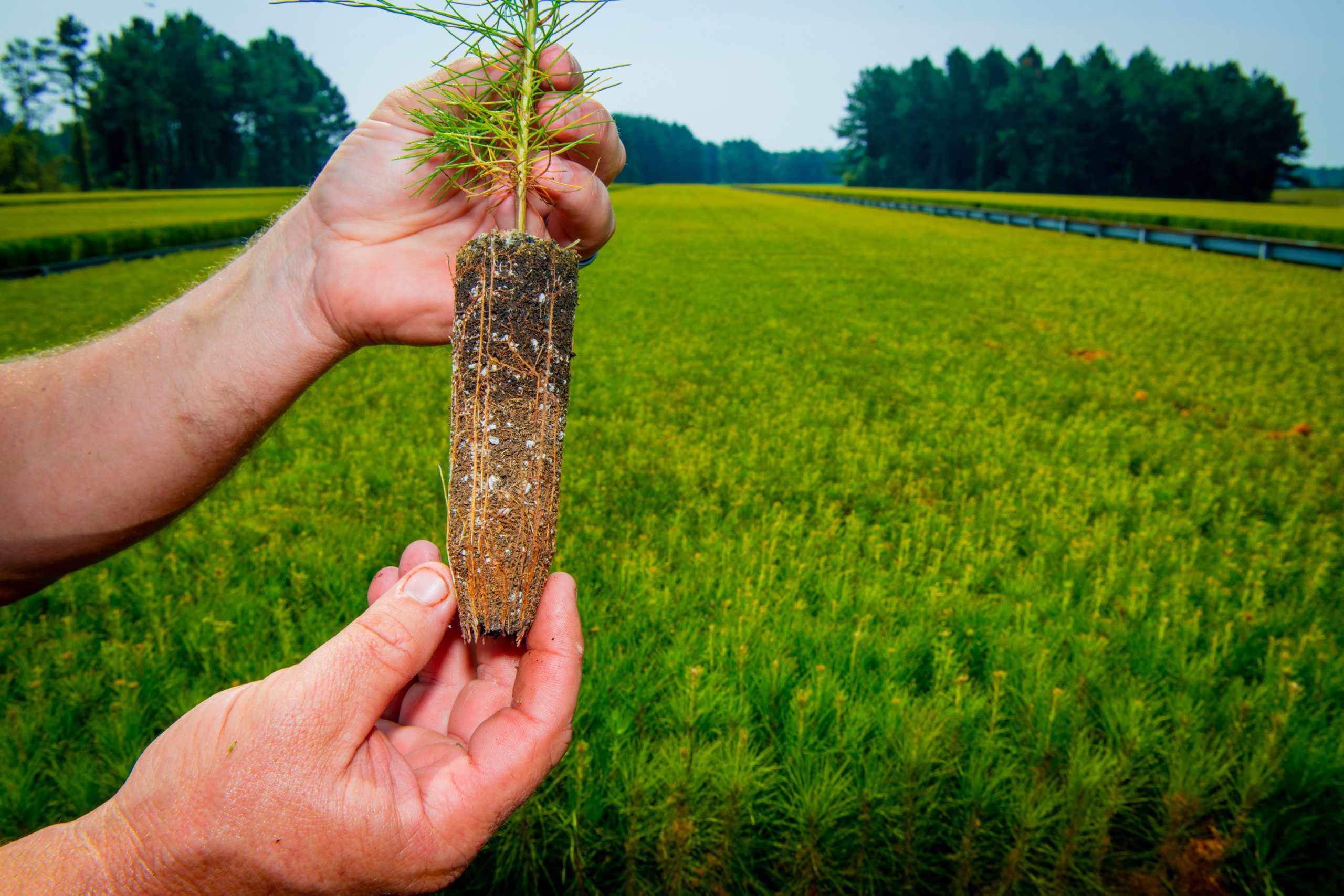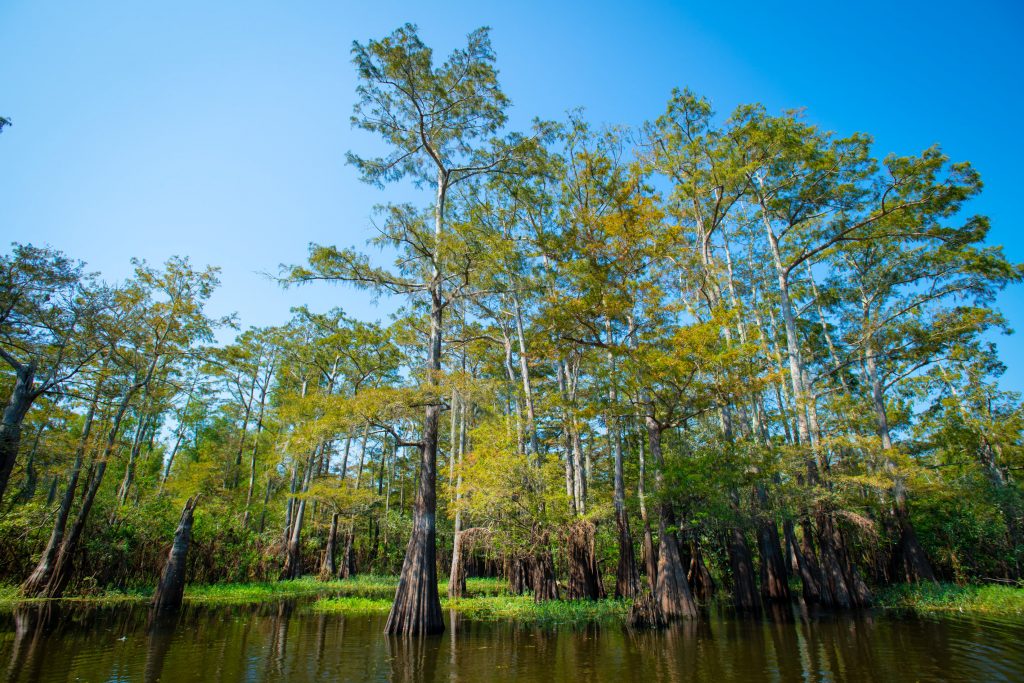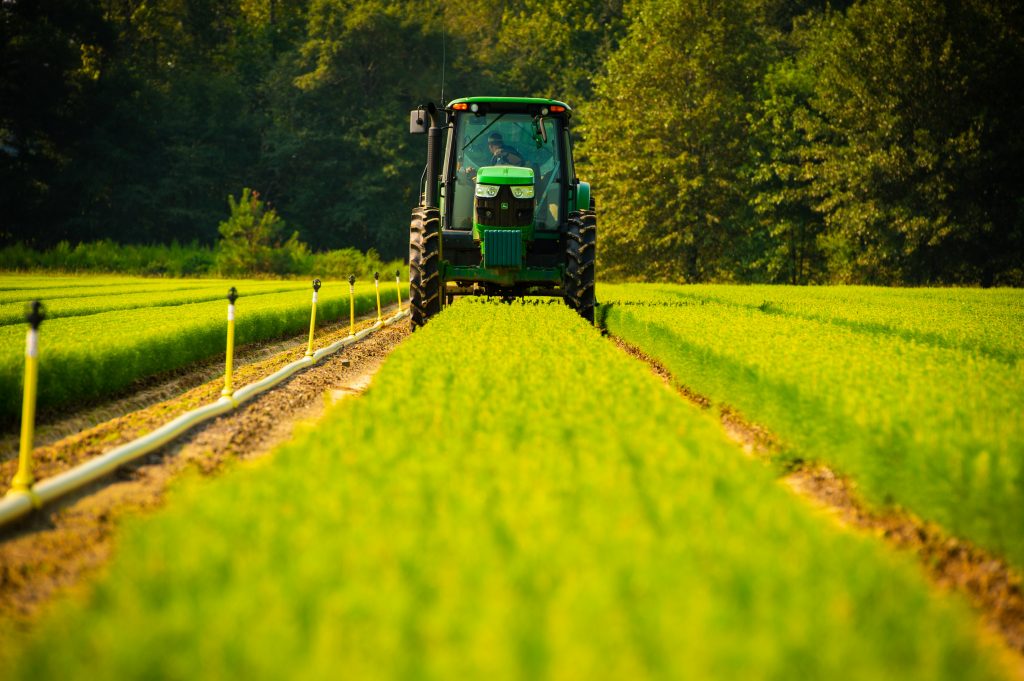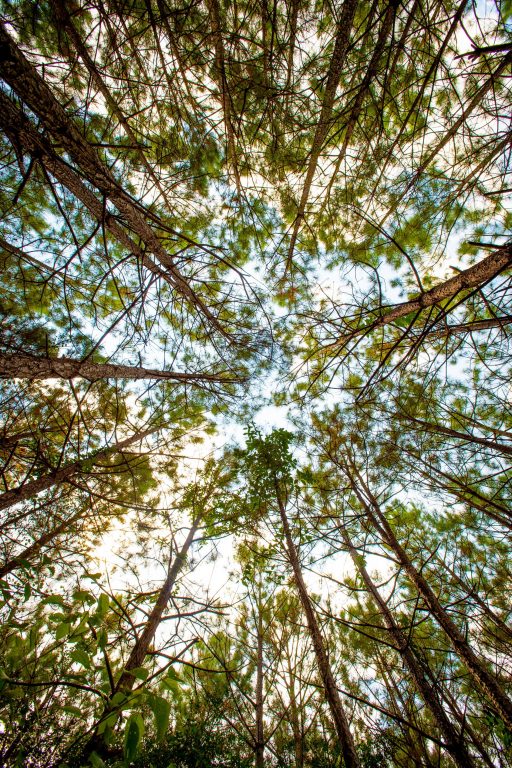
What is bioenergy with carbon capture and storage (BECCS)?
Bioenergy with carbon capture and storage (BECCS) is the process of capturing and permanently storing carbon dioxide (CO2) from biomass (organic matter) energy generation.
Why is BECCS important for decarbonisation?
When sustainable bioenergy is paired with carbon capture and storage it becomes a source of negative emissions, as CO2 is permanently removed from the carbon cycle.
Experts believe that negative emissions technologies (NETs) are crucial to helping countries meet the long-term goals set out in the Paris Climate Agreement. As BECCS is the most scalable of these technologies this decade, it has a key role to play in combating climate change.

How is the bioenergy for BECCS generated?
Most bioenergy is produced by combusting biomass as a fuel in boilers or furnaces to produce high-pressure steam that drives electricity-generating turbines. Alternatively, bioenergy generation can use a wide range of organic materials, including crops specifically planted and grown for the purpose, as well as residues from agriculture, forestry and wood products industries. Energy-dense forms of biomass, such as compressed wood pellets, enable bioenergy to be generated on a much larger scale. Fuels like wood pellets can also be used as a substitute for coal in existing power stations.
How is the carbon captured?
BECCS uses a post-combustion carbon capture process, where solvents isolate CO2 from the flue gases produced when the biomass is combusted. The captured CO2 is pressurised and turned into a liquid-like substance so it can then be transported by pipeline.
How is the carbon stored?
Captured CO2 can be safely and permanently injected into naturally occurring porous rock formations, for example unused natural gas reservoirs, coal beds that can’t be mined, or saline aquifers (water permeable rocks saturated with salt water). This process is known as sequestration.
Over time, the sequestered CO2 may react with the minerals, locking it chemically into the surrounding rock through a process called mineral storage.
BECCS fast facts
- Two 600+ megawatt (MW) biomass units, upgraded with carbon capture technology, could deliver 40% of the negative emissions the Climate Change Committee indicates will be needed from BECCS for the UK to reach net-zero by 2050
- BECCS has the potential to remove 20-70 million tonnes of CO2 per year in the UK by 2050
- All National Grid’s Net Zero Future Energy Scenarios (FES) deploy BECCS by 2028 and see a rapid increase in capacity in the 2030s
- There are 70 billion tonnes of potential CO2 storage space around the UK, according to the British Geological Survey
Is BECCS sustainable?
Bioenergy can be generated from a range of biomass sources ranging from agricultural by-products to forestry residues to organic municipal waste. During their lifetime plants absorb CO2 from the atmosphere, this balances out the CO2that is released when the biomass is combusted.
What’s crucial is that the biomass is sustainably sourced, be it from agriculture or forest waste. Responsibly managed sources of biomass are those which naturally regenerate or are replanted and regrown, where there’s a increase of carbon stored in the land and where the natural environment is protected from harm.
Biomass wood pellets used as bioenergy in the UK, for example, are only sustainable when the forests they are sourced from continue to grow. Sourcing decisions must be based on science and not adversely affect the long-term potential of forests to store and sequester carbon.
Biomass pellets can also create a sustainable market for forestry products, which serves to encourage reforestation and afforestation – leading to even more CO2 being absorbed from the atmosphere.
Go deeper:
- The triple benefits for the environment and economy of deploying BECCS in the UK.
- How BECCS can offer essential grid stability as the electricity system moves to low- and zero-carbon sources.
- Producing biomass from sustainable forests is key to ensuring BECCS can deliver negative emissions.
- 5 innovative projects where carbon capture is already underway around the world
- 7 places on the path to negative emissions through BECCS






